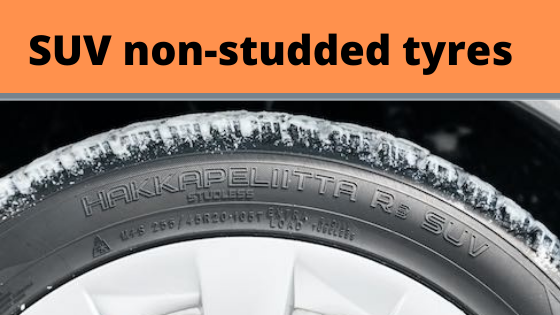Autumn driving can be a beautiful experience with all the shifting colours. It also is for us drivers a dangerous driving period as you are often faced with both heavy autumn rain as well as some stints of winter conditions. With warm and dry weather conditions, you will move from some of the easiest driving conditions, which the summer constitutes. You can have some occasional summer rain, which is often the peak of challenges.
When you reach autumn, the conditions are characterized by more unstable weather and potentially even some winter spells. There are a lot of challenges; you will have both temperature drops, decreasing visibility due to shorter days and longer nights, and more unstable weather. You will probably experience more rain, and the heavy autumn rain can easily lead to aquaplaning. The likelihood of aquaplaning increases if you have worn out tyres, meaning tyres approaching a level close to or below the recommended tread depth level. Since you actually lose control over your car during aquaplaning as the tyres aren’t in contact anymore with the road surface.
You shouldn’t wait with buying new tyres, especially not as you are heading into more challenging driving conditions. When you approach 4 mm of tread depth, it is time to change the tyres to a new set. The tire’s properties decrease drastically from this point. Your braking distance will be longer, making it more difficult to avoid an accident. You should also try to purchase a full set of tyres and use the rotation of tyres during the lifetime of the tyers so that they wear out at the same rate.
This turns the autumn into clearly more challenging driving conditions than the summer weather. Even if you due to change to winter tyres fairly soon, if your summer tyres are worn out, you should already now buy a new set of summer tyres. This will help you stay safe and out of accidents during the autumn, and you don’t have to start the summer with finding new tyres as you then will have an almost brand-new set of tyres.
Summer tyres are made for dry and wet conditions, so rain isn’t so bad if you have good quality tyres. You should, though, adjust your driving according to the weather conditions and make sure that you reduce your speed accordingly. If you slow down your chance of aquaplaning will be drastically reduced. You should also monitor the temperature and make sure to change to winter tyres early enough. The winter tyres are better than summer tyres when the temperature drops below zero degrees Celsius.
Make sure that you always have premium tyres of high quality that are in good condition with sufficient tread depth. This will improve your safety regardless of what season you drive in. Remember to also change to winter tyres before the winter weather arrives and respect the heavy rain as it can lead to aquaplaning.
For more information regarding tyres for autumn, visit: https://www.nokiantyres.com/
